Ground Dust Collector
Product Details:
- Product Type Ground Dust Collector
- Material Stainless Steel
- Cooling System Air Cooling
- Click to View more
X
Ground Dust Collector Price And Quantity
- 1 Unit
Ground Dust Collector Product Specifications
- Ground Dust Collector
- Air Cooling
- Stainless Steel
Ground Dust Collector Trade Information
- Cash in Advance (CID)
- 50 Unit Per Month
- 10 Days
- All India
Product Description
A ground dust collector is a device used in various industrial settings to remove dust and other airborne particles from the air, particularly from the ground level. These collectors are typically employed in environments where dust or particulate matter is generated during manufacturing processes, such as woodworking shops, metalworking facilities, or construction sites.
The primary purpose of a ground dust collector is to improve air quality by capturing and filtering out harmful particles before they can be inhaled by workers or settle on surfaces, potentially causing health hazards or equipment damage. Ground dust collectors typically consist of a system of ducts, filters, and a powerful fan or blower that creates suction to draw in air and trap particles.
There are different types of ground dust collectors available, including:
1. Cyclone Dust Collectors: These use cyclonic action to separate dust particles from the air stream by spinning the air at high speeds. The centrifugal force pushes the heavier particles to the outer wall of the collector, where they settle into a collection bin.
2. Baghouse Dust Collectors: Baghouse collectors use fabric bags to capture dust particles. The dirty air passes through the bags, and the dust is retained on the outer surface of the bags while the clean air exits.
3. Cartridge Dust Collectors: Cartridge collectors use pleated filter cartridges to capture dust. The cartridges provide a large surface area for filtration, and the dust is collected on the outer surface of the cartridges.
Ground dust collectors play a crucial role in maintaining a safe and healthy work environment by reducing airborne contaminants and minimizing the risk of respiratory problems and other health issues associated with exposure to dust. Additionally, they can help prevent equipment damage and maintain cleanliness in industrial facilities.
Tell us about your requirement

Price:
Quantity
Select Unit
- 50
- 100
- 200
- 250
- 500
- 1000+
Additional detail
Mobile number
Email
Other Products in 'Dust Collector' category
 |
RR Systems
All Rights Reserved.(Terms of Use) Developed and Managed by Infocom Network Private Limited. |

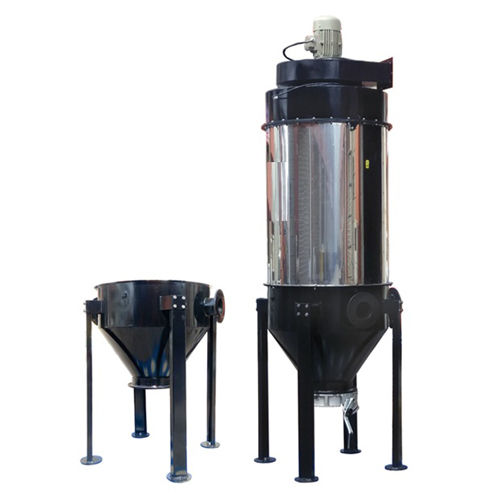

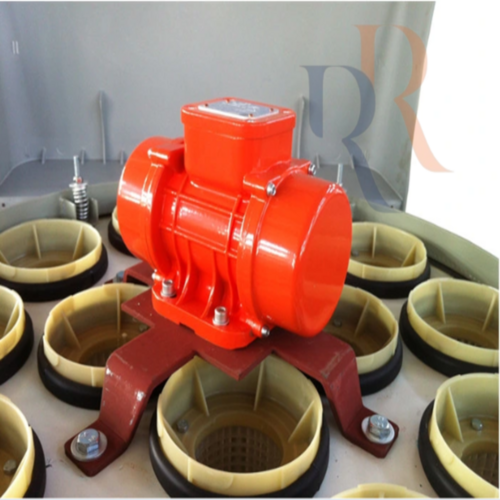
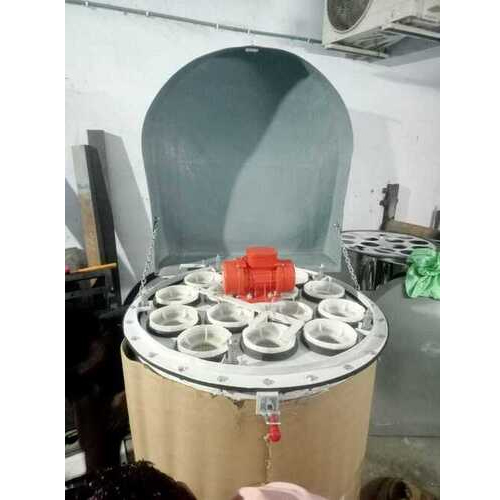
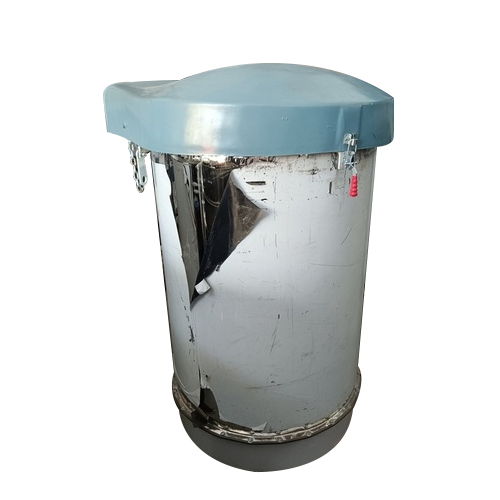
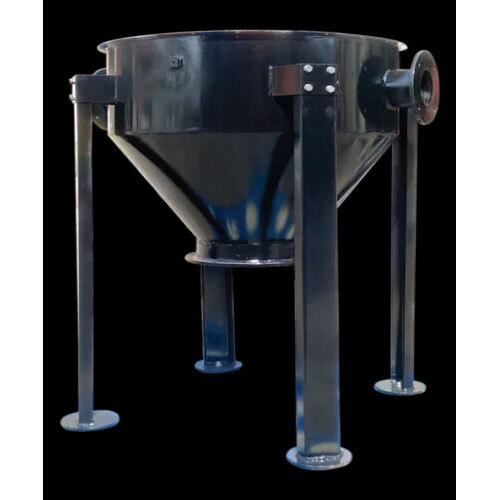


 Send Inquiry
Send Inquiry Send SMS
Send SMS